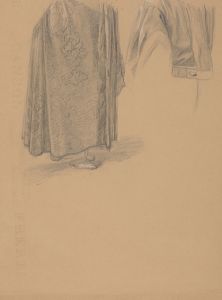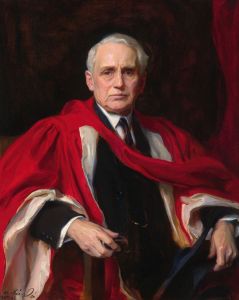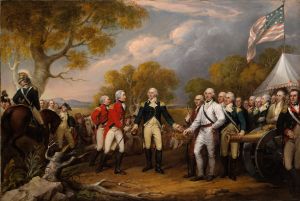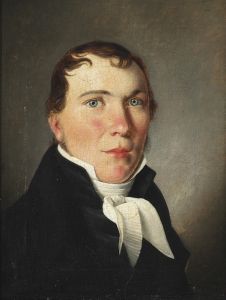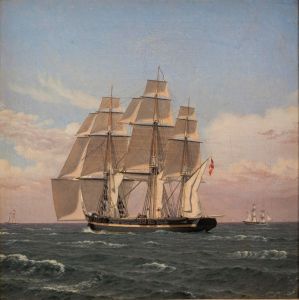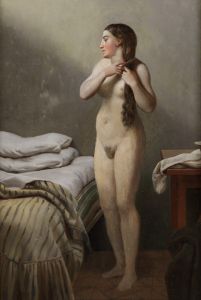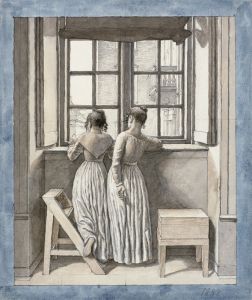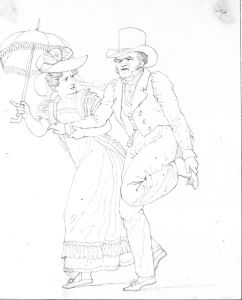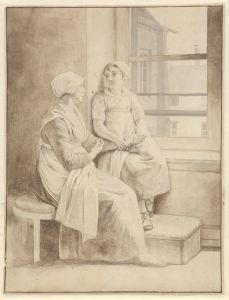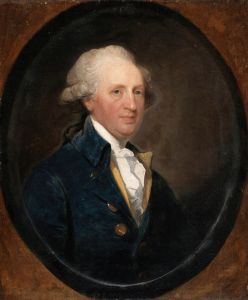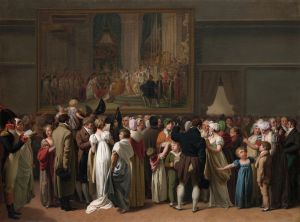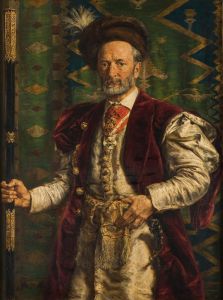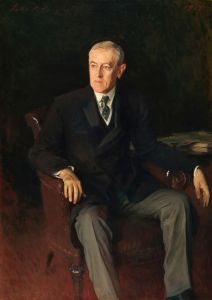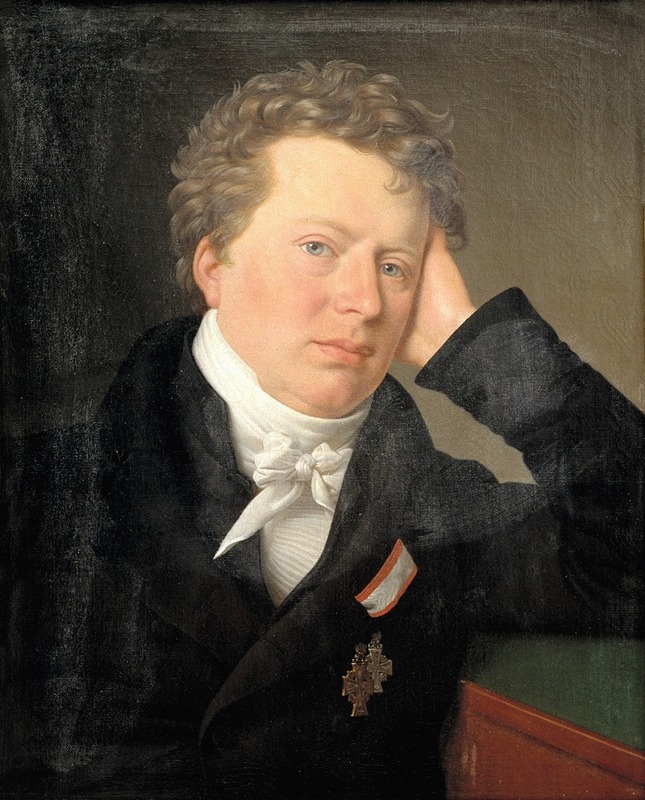
Juristen og statsmanden Anders Sandøe Ørsted
A hand-painted replica of Christoffer Wilhelm Eckersberg’s masterpiece Juristen og statsmanden Anders Sandøe Ørsted, meticulously crafted by professional artists to capture the true essence of the original. Each piece is created with museum-quality canvas and rare mineral pigments, carefully painted by experienced artists with delicate brushstrokes and rich, layered colors to perfectly recreate the texture of the original artwork. Unlike machine-printed reproductions, this hand-painted version brings the painting to life, infused with the artist’s emotions and skill in every stroke. Whether for personal collection or home decoration, it instantly elevates the artistic atmosphere of any space.
Christoffer Wilhelm Eckersberg, often referred to as the "father of Danish painting," was a prominent figure in the Danish Golden Age of painting. One of his notable works is the portrait titled "Juristen og statsmanden Anders Sandøe Ørsted," which translates to "The Jurist and Statesman Anders Sandøe Ørsted." This painting is a significant representation of both Eckersberg's skill as a portrait artist and the importance of Ørsted as a figure in Danish history.
Anders Sandøe Ørsted (1778–1860) was a distinguished Danish jurist and politician. He played a crucial role in the development of Danish law and governance during the 19th century. Ørsted served as the Prime Minister of Denmark from 1853 to 1854 and was also a key figure in the country's legal system, contributing to the drafting and implementation of several important legal reforms. His influence extended to various aspects of Danish society, making him a respected and influential figure of his time.
Eckersberg's portrait of Ørsted captures the essence of the man, reflecting both his intellectual stature and his role in Danish society. The painting is executed with the precision and attention to detail that Eckersberg was known for, showcasing his ability to convey the personality and status of his subjects. The portrait is characterized by its realistic depiction, a hallmark of Eckersberg's style, which was heavily influenced by his studies in Paris and Rome, where he was exposed to the works of the great masters.
In the portrait, Ørsted is depicted with a calm and composed demeanor, seated in a dignified pose that reflects his status as a learned and respected statesman. The use of light and shadow in the painting highlights Ørsted's facial features, emphasizing his thoughtful expression and the wisdom he was known for. Eckersberg's attention to detail is evident in the meticulous rendering of Ørsted's clothing and the subtle textures of the fabric, which add to the overall realism of the portrait.
The background of the painting is kept simple, ensuring that the focus remains on Ørsted himself. This compositional choice is typical of Eckersberg's portraits, where the subject is often presented without distraction, allowing their character and presence to dominate the canvas. The simplicity of the setting also serves to underscore Ørsted's intellectual and moral qualities, presenting him as a man of substance and integrity.
Eckersberg's portrait of Anders Sandøe Ørsted is not only a testament to the artist's skill but also serves as a historical document, providing insight into the appearance and character of one of Denmark's most important legal and political figures. The painting remains an important piece within the context of Danish art history, exemplifying the intersection of art and politics during the Danish Golden Age.
Today, the portrait is housed in the collection of the Statens Museum for Kunst (The National Gallery of Denmark) in Copenhagen, where it continues to be appreciated by art enthusiasts and historians alike. It stands as a lasting tribute to both Eckersberg's artistic legacy and Ørsted's enduring impact on Danish society.





